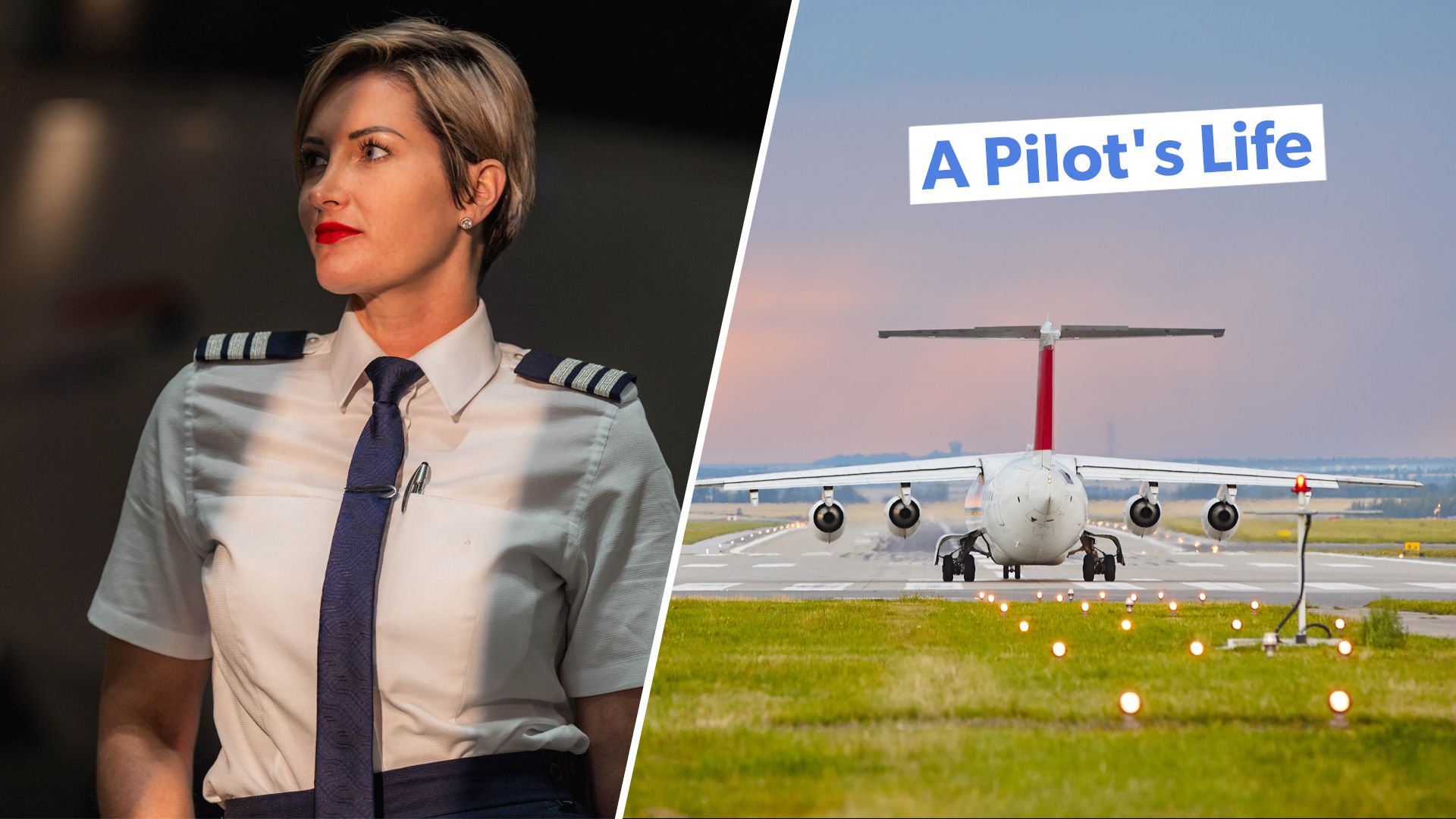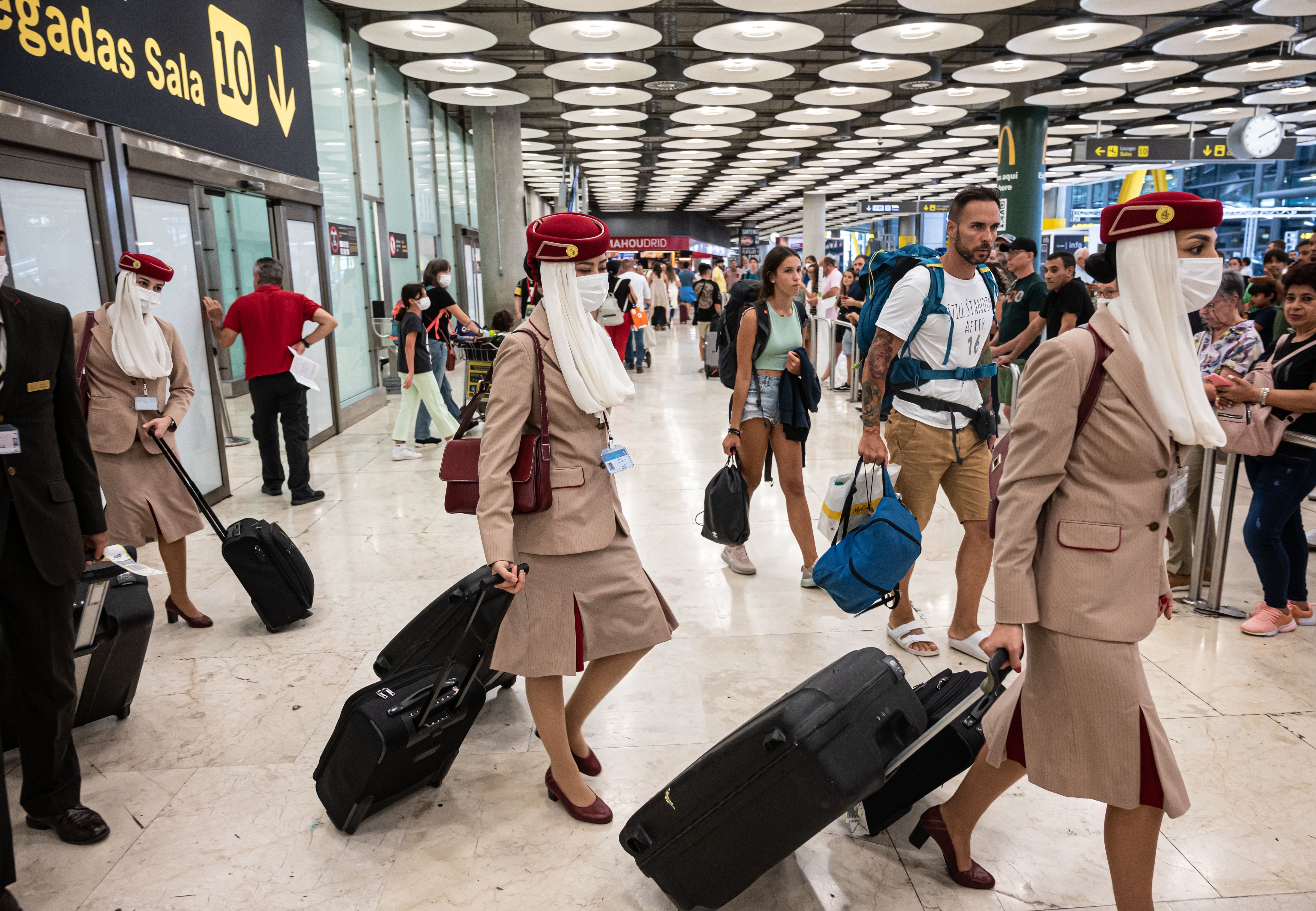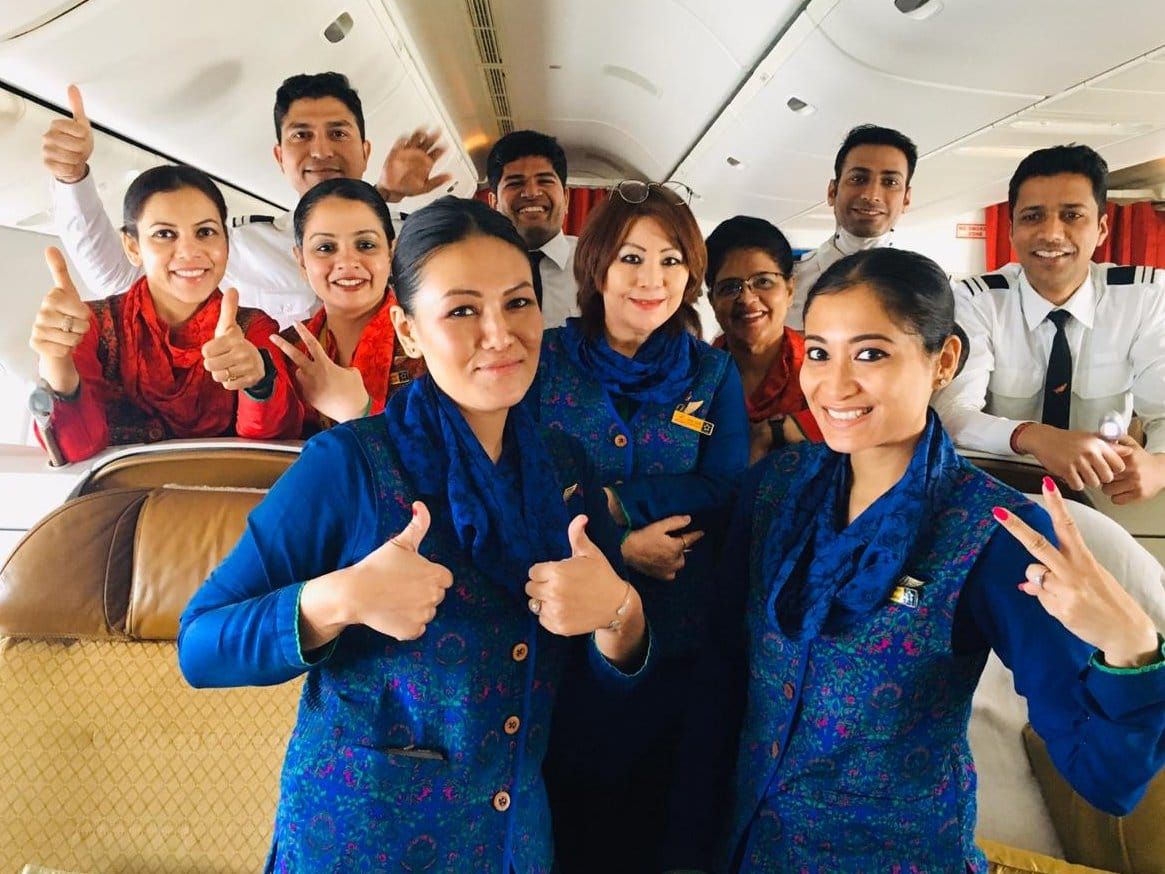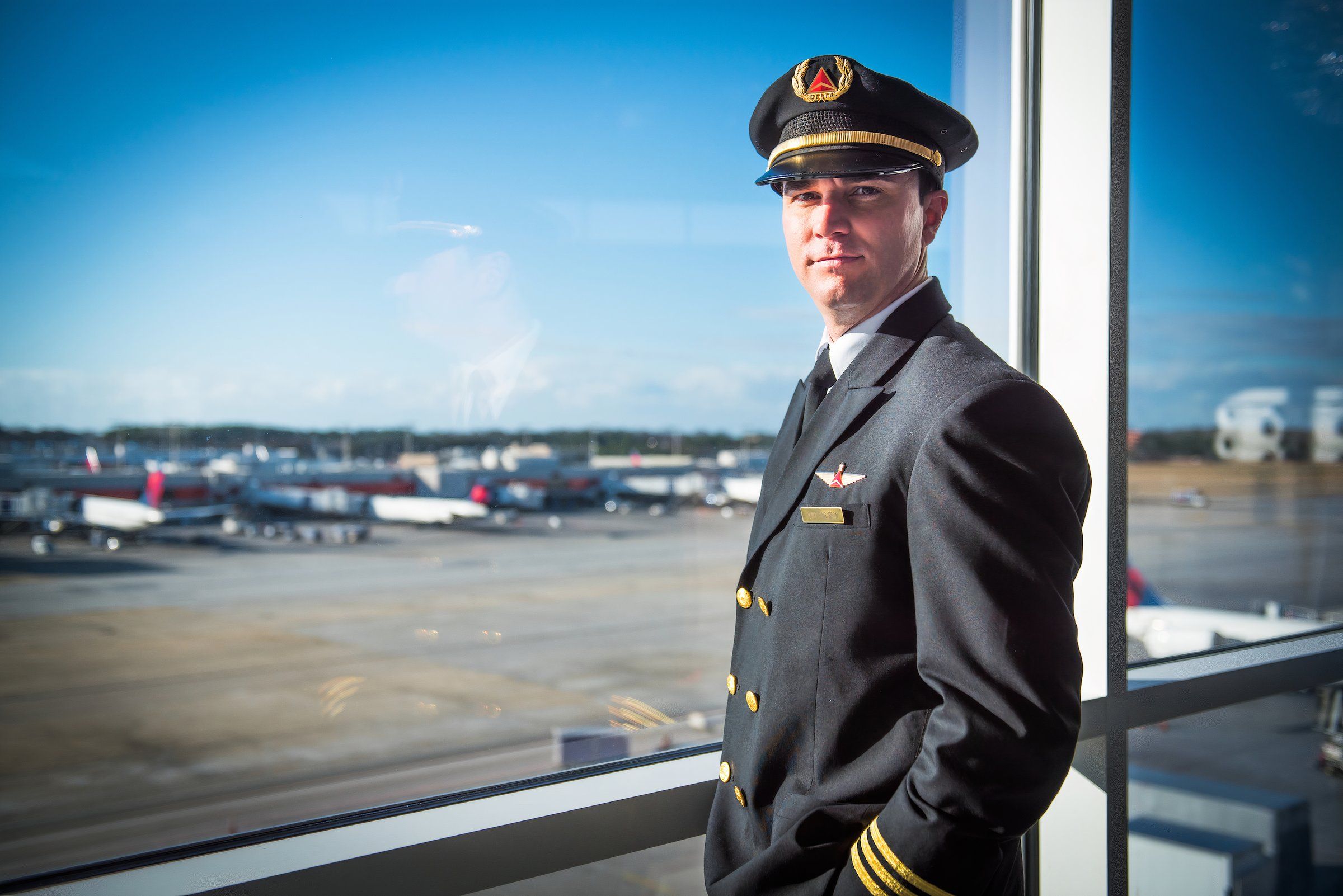Every job has its hidden challenges and little-known perks, but life as an airline pilot takes this to a whole new altitude. Behind the cockpit doors, pilots navigate not only the skies but also a unique lifestyle full of surprises that most of us would never imagine. From dealing with ever-changing time zones to handling the unexpected mid-flight, being a pilot offers a mix of excitement and complexity. Here are five intriguing aspects of the airline pilot profession that might just surprise you.
1
Hotel stays
More than just layovers
Hotels have become a second home for many pilots, with some spending half or more of their nights in them during a typical month. When they’re on an active duty assignment and in the middle of a trip, the airline takes care of booking and paying for the accommodations.
Photo: FernandoV I Shutterstock
However, when it comes to nights spent before or after a trip — especially if they have to commute to or from their home base — the cost of the hotel falls on the pilot. This is a common issue for commuting flight crew, and while it’s been touched on in previous discussions, it remains a significant part of the job for both pilots and flight attendants.
When a trip kicks off early in the morning or wraps up late at night, pilots often have no choice but to spend an extra night at their base, simply because there aren’t any flights available at those odd hours for commuting. Thankfully, many hotels near major airports offer discounted “crew rates” to help ease the financial burden for pilots in this situation.
On top of that, commuting crew members have turned to social media, creating groups where they share tips and recommendations for finding affordable accommodations, making it easier to navigate these extra stays without breaking the bank.
2
Exclusive discounts and perks for airline professionals
Life’s good as a pilot
Pilots, flight attendants, and airline staff enjoy access to a wide range of exclusive deals and discounts. The travel and entertainment industries tend to look out for one another, offering special perks that include significant savings on everything from cruises and car rentals to concert tickets and theater performances. Airlines even have internal websites where employees can browse for discounts on the services and goods they might need.
Photo: Air India
However, not every pilot takes advantage of these benefits. After all, with so much time spent on the road or in the skies for work, many prefer to relax at home when they’re off duty. But for those with a love of travel or a desire to explore the world even more, these perks open up countless opportunities for affordable adventures and experiences. Whether it’s a discounted vacation or reduced rates for live entertainment, the possibilities are nearly endless for airline employees looking to make the most of their time off.
Here are five lesser-known perks that flight crews might enjoy:
- Crew members often have access to airport lounges, even when off-duty. This can provide a comfortable place to relax, eat, or work during layovers or between flights.
- Some airlines offer specialized travel insurance policies for their staff at discounted rates, which can cover both personal and professional travel.
- Flight crews can sometimes access discounts on additional training courses and certifications, such as advanced flying skills, survival training, or language courses.
- Certain airlines offer crew members discounted or free memberships to gyms and fitness centers, helping them stay in shape despite their irregular schedules.
- Pilots and crew members often get discounted or complimentary tickets to aviation expos, airshows, and industry conferences, providing opportunities to network and stay updated on industry trends.
3
Airport security
Why the flight crew can’t skip it
Anyone who flies knows that going through airport security is one of the more tedious parts of the journey, though it’s an unavoidable part of the process. For most travelers, dealing with long security lines is something they only have to face a few times a year. But for pilots and flight attendants, it’s a different story. These crew members navigate security checkpoints multiple times a week as part of their job, making it a regular, and often repetitive, part of their routine.
Photo: SImone Hogan I Shutterstock
The Known Crew Member (KCM) program lets pilots and flight attendants breeze through TSA checkpoints without the usual screening process. But it’s not always a free pass — random screenings can still happen. When flagged, crew members have to go through the same routine as everyone else: sending their bags, shoes, and coats through the X-ray machines and stepping through metal detectors.
It’s not uncommon for travelers to do a double-take when they see a uniformed pilot or flight attendant waiting in the regular security line. Believe it or not, it happens more often than most people think.
4
More than flying an aircraft
Exploring the diverse roles beyond the cockpit
Being a pilot isn’t just about flying planes; it opens up a world of additional opportunities. Many pilots take on informal roles as mentors and volunteers, helping to guide and inspire the next generation of aviators. With the growth of airline training academies and outreach programs aimed at young aspiring pilots, airline pilots have more chances than ever to get involved.
Photo: Delta Air Lines
Many pilots also dedicate their time to working with or volunteering for their airlines’ pilot unions. These unions are sizable organizations that need both full-time staff and volunteers to operate smoothly. To balance their flying duties with union responsibilities, some pilots choose to fly fewer hours. Additionally, pilots involved in management, recruiting, or training roles often work part-time schedules, allowing them to meet their commitments to the company while staying engaged in these essential functions.
Here are a few other roles a pilot can take on that do not involve flying a plane:
- Flight instructor
- Flight operations manager
- Safety officers
- Fleet manager
5
Ongoing training
The learning never ends
Pilots are always in preparation mode, moving from one assessment to the next. Airline pilots undergo formal recurrent training every year, and captains are evaluated on regular flights at least once a year to ensure their skills remain sharp.
Photo: Vietjet
Additionally, pilots in general aviation must complete a flight review with a Certified Flight Instructor (CFI) every two years. The aviation industry maintains its high safety standards through continuous cycles of training and evaluations. For airline pilots, training officially wraps up only after their final recurrent session before retirement.
Here are some of the types of training a pilot must go through in their career:
- Initial flight training
- Type rating training
- Recurrent training
- Emergency procedures training
- CRM (Crew Resource Management) training
So there you have it — five aspects of a pilot’s life that reveal some unique features of the profession. While some of these elements, like extracurricular activities and ongoing training, are common to many careers, the specific obligations tied to flying set pilots apart.






